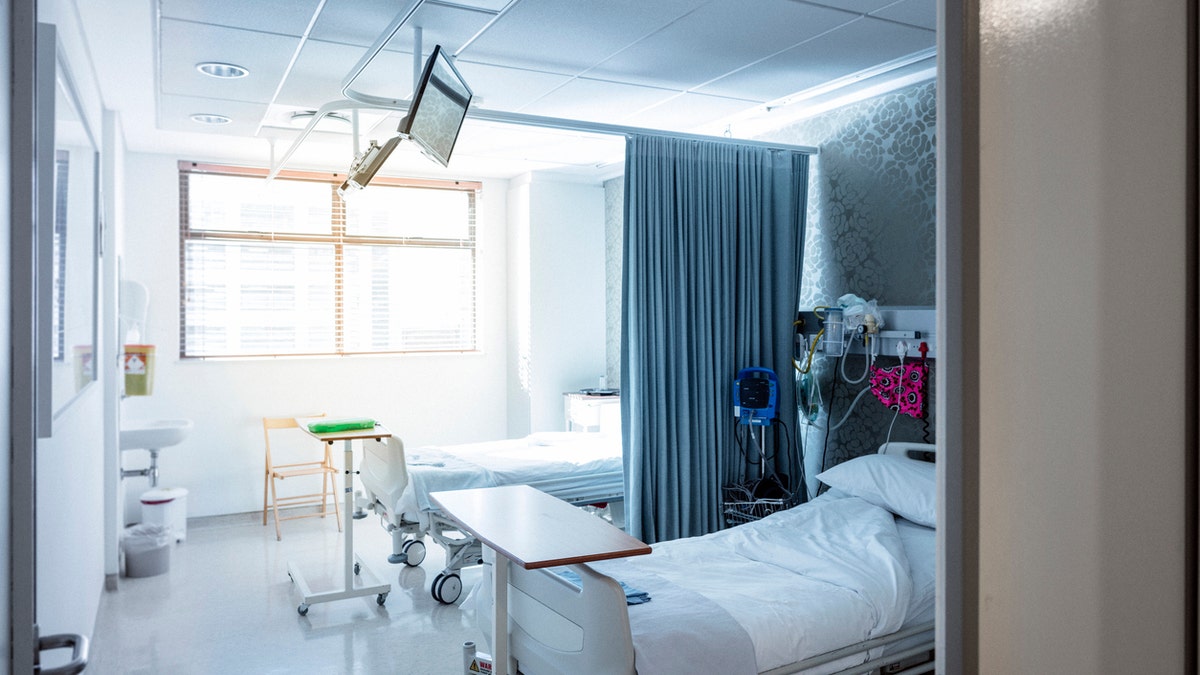Moms create coronavirus solutions for kids: Why they say their PPE face shields are more effective than cloth masks
Little Lives PPE is helping children and adults reenter the world safely amid the coronavirus pandemic. Dr. Gabrielle Page-Wilson and Alexandra Stanton founded Little Lives PPE to not only maintain the physical health of their children, but to also help children and adults alike maintain their mental health through being able to mitigate risk and safely attend school and work during COVID-19. The two founders discuss why face shields are much more effective than cloth masks in protecting the population from coronavirus.
In addition to keeping your hands washed and wearing a face mask, experts have long recommended keeping at least six feet apart from others in an effort to prevent the spread of the novel coronavirus.
But is that amount of distance enough?
Perhaps not, suggests a new study that found coronavirus-infected aerosols can travel farther than six feet -- in indoor spaces with poor ventilation, at least.
Researchers at the University of Florida say their study offers “direct evidence” that virus-infected aerosols, or tiny droplets, can pose a risk for transmission of the virus.
AMID CORONAVIRUS, AVOID NONESSENTIAL DENTAL CARE, WHO SAYS
Health officials say the most common route of virus transmission occurs when an infected person coughs, sneezes or talks, and virus-laden particles land on someone nearby.
The World Health Organization updated its guidance last month to include the possibility of airborne transmission in crowded, indoor spaces with poor ventilation, a message that expanded the risk beyond medical procedures generating aerosols, like in dental care.
In the current study, researchers said their findings "strengthen the notion that airborne transmission of viable SARS-CoV-2 is likely and plays a critical role in the spread of COVID-19.” The study was published in the pre-print server medRxiv on Aug. 4, meaning it has not yet been peer-reviewed.

Coronavirus-infected aerosols traveled way farther than six feet in a recent study. (iStock)
To complete the study, researchers collected aerosols containing the virus through VIVAS air samplers in a hospital room with coronavirus patients at the University of Florida Health (UF Health) Shands Hospital in Gainesville, Fla.
Two patients were in the hospital room under study. One patient had coronary artery disease and their swab test was COVID-19 positive. The second patient was admitted four days prior, testing positive at that time. When the air sampling was done, the second patient had tested negative and was in the process of being discharged.
The air samplers were positioned from 2 to 4.8 m (6.6 ft., 16 ft., respectively) away from the patients and a viable virus was isolated in the air samples. In other words, researchers said the virus particles were able to travel up to 16 feet in a hospital room.
CORONAVIRUS IN THE US: STATE-BY-STATE BREAKDOWN
“For aerosol-based transmission, measures such as physical distancing by 6 feet would not be helpful in an indoor setting and would provide a false sense of security,” study authors wrote.
The study comes amid a thorny debate on school reopenings as officials examine health risks and the role of airborne COVID-19 transmission in classrooms.

